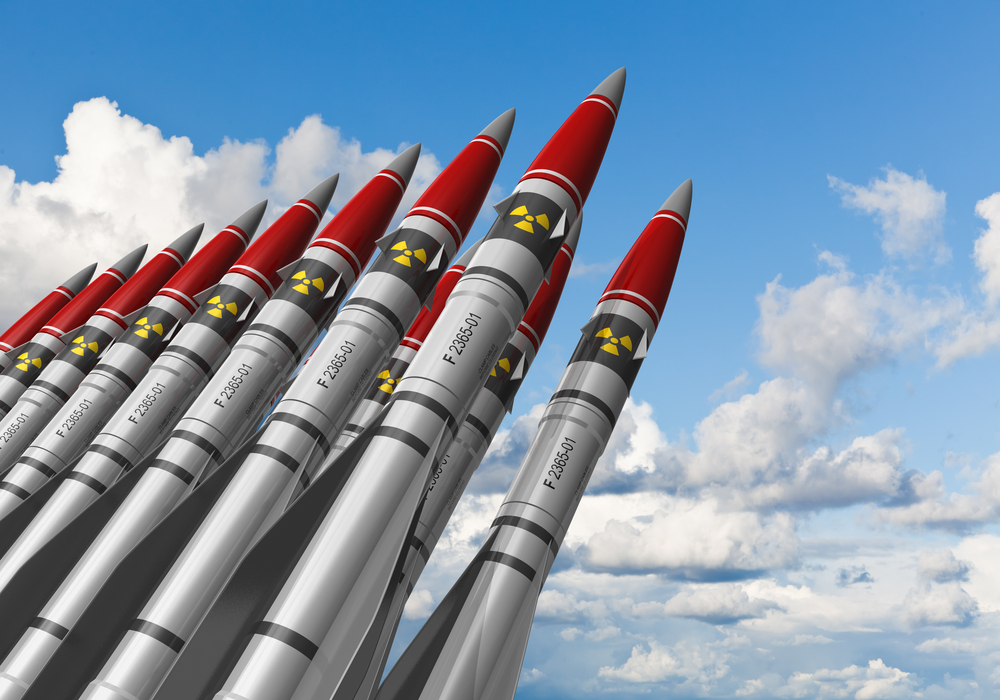Iran’s nuclear program is now officially on a path to be constrained for the next decade, thanks to “framework of an agreement” struck between world powers and the Middle Eastern country Thursday, which is one move closer to a comprehensive accord that could end more than a decade’s worth of brinkmanship and fear.
It all went down in Lausanne, Switzerland and culminated after eight days of talks — a successful ending that will instill a safer, more secure sense in the Western world while — for the Islamic Republic lift sanctions that had previously hamstrung the nation’s economy.
The final deal is expected to become finalized by June 30, with sanctions remaining in place until that time.
However, some experts and diplomats close to the talks say that it’s a distinct possibility the deal could collapse before it’s fully-realized. Many agree that it’s much easier to strike a deal on the framework than it is to finalize the entire accord.
United States President Barack Obama was pleased with the progress, and likened it to the deal struck between the U.S. and the Soviet Union at the tail end of the Cold War.
“Today, the United States, together with our allies and partners, has reached an historic understanding with Iran, which if fully implemented, will prevent it from obtaining a nuclear weapon,” he said.
More on the nitty-gritty of the deal from Reuters:
Under the outline deal, Iran would shut down more than two-thirds of its installed centrifuges capable of producing uranium that could be used to build a bomb, dismantle a reactor that could produce plutonium, and accept intrusive verification.
The framework, fiercely opposed by U.S. ally Israel, includes limits on Iran’s enrichment of uranium for 10 years.
ran agreed to significantly reduce the number of installed uranium enrichment centrifuges it has to 6,104 from 19,000 and will only operate 5,060 under the future agreement with the six powers, according to a U.S. fact sheet.
Western countries say enriched uranium can be used to make a weapon, which they aim to prevent. Iran has always insisted it wants it only for a peaceful nuclear energy program and denies it aimed to build an atomic bomb.
Iran’s breakout timeline – the time that it would take for it acquire enough fissile material for one weapon – would be extended to at least one year, for a duration of at least ten years, under this framework. It is currently assessed to be two to three months, the U.S. fact sheet said.




































